On Development
SMART Growth ≠ NO Growth
Every election cycle in Manatee County—and across Florida—the same question pops up: “How much developer money did you take?” The expected answer is always zero, as if anything else would disqualify a candidate. But this knee-jerk reaction misses the point entirely. It reflects a deeper misunderstanding about growth and development that’s harming our community’s future. People are simply asking the wrong question.
I refused to bundle any funds or use a PAC for my recent campaign. While my answer to the money question is not “zero”, it was pretty close. Therefore, my views below are simply based on asking the right questions about the future of growth in our county. Not unfettered, unrestrained growth. But smart, accretive growth.
Growth Is Inevitable—Let’s Manage It Wisely
As our communities face unprecedented growth, the conversation around development has become increasingly polarized. Too often, we hear, “the only smart development is no development.” But let’s be honest: growth is inevitable. You can argue with this statement but you cannot argue with the facts. The real question isn’t whether we’ll grow, but how we’ll manage that growth to benefit our communities for generations to come.
Since COVID, over 12,000 people per year have moved to Manatee County. We’re one of the fastest-growing counties in Florida, and Florida itself is booming. But during this influx, have we truly expanded our community…or just our population?
Building Communities, Not Just Houses
Development isn’t just about physical structures—it’s about the community we’re building. The houses, retail spaces, and infrastructure are merely byproducts of that community expansion. Each new resident should represent an opportunity to expand our wage base, employment opportunities, and cultural options for the next generation.
Are we growing just for growth’s sake, or are we consciously encouraging societal and economic diversification? Are we creating a community that enhances long-term viability and quality of life for all residents through our growth planning?
Right now, our growth plan is more reactive than proactive. We hear about the 65,000 unbuilt, zoned homes in Manatee County - that’s a lot of new housing. But if we’re not providing proper services and employment centers, we’re just creating cheap housing alternatives for people who will clog our roads driving elsewhere for work, services, and entertainment.
This is why planning matters…and planning to build nothing is neither a plan nor a solution.
Once land is used and build-out is complete, we cannot change our path. We need to focus on infill locations, ensuring that schools, retail, entertainment, and employment are integrated with current and future housing. This strengthens our communities and takes the strain off our infrastructure.
What Version of Manatee County Do We Want?
Do we want to be a vibrant, thriving county or a bedroom community for others? Do we want to continue with lower-wage, cyclical employment based on tourism, construction, and services—sectors that are pricing their own employees out of the housing market? Or do we want to attract real, sustainable industries and employment? Do we want to keep aging as a community or do we want to start providing the amenities, employment opportunities and housing options that young professionals desire?
We have significant unused, and even more under-used, space in our urban core. We can start planning this smart growth now and proactively attract beneficial development rather than treating all growth as detrimental.
Smart growth means encouraging development where it makes sense. Placing commercial, retail, and employment near residential areas has infinite benefits as does placing residential development near existing commercial. We complain about traffic, but that’s partly because we push back on retail, grocery stores and, yes, even self-storage, close to homes, forcing people to drive miles for basic services. This approach is unnecessary and destructive as it loses the benefits of “trip capture”.
We need retail and employment positioned properly to allow for more convenient, walkable, healthy communities. Keeping people close to home creates stronger bonds, increases home values, lowers traffic, and makes land use more efficient.
Building further and further away is inefficient and harmful to community-building and quality of life. There’s a real cost to building far from existing services—roads, utilities, parks, libraries, schools, EMS, and police stations all become more expensive and less efficient. The more logically we grow, the lower the per-capita cost of these services becomes which, in turn, generates savings to all residents.
The Rise of NIMBYs
Unfortunately, these sensible options are consistently fought against by the public and elected officials occasionally more concerned with the elections in four years than the sustainability of our community in forty.
This “NIMBY” (Not In My Backyard) mentality has evolved into something even more destructive - what some call “BANANA” People (Build Absolutely Nothing Anywhere Near Anyone) or, even worse, the “CAVE” People (Citizens Against Virtually Everything) who fight anything government does, whether it’s approving affordable housing, wrapping an electrical box or building a park.
These groups ignore the ramifications of zero growth while creating a cottage industry of activists who oppose any development, regardless of location or merit, without ever presenting thoughtful alternatives. Every election, they are the ones asking candidate if they received developer money, not how they want development done. For them, the only acceptable answer is zero development, and they don’t understand how this path harms their own quality of life.
Meanwhile, to appease them, we continue to make infill growth economically infeasible, which pushes development further and further away from existing infrastructure and services, creating exactly the problems these groups claim to want to avoid: more traffic, higher costs, and less efficient land use.
The Facts About Land Use
Their primary argument against approving and building even sensible, smart growth is the loss of land.
However, Manatee County covers about 475,000 acres. Of that, 53% (253,000 acres) is still zoned agricultural while another 12% (and growing) is conservation. That means 65% of our land isn’t built on or even zoned to be built on. The idea that we’re paving everything over is factually incorrect.
Statewide, over 60% of Florida is under conservation or actively used for agriculture. Only 18% of Florida is developed, and 88% of Floridians live in small pockets around the I-4 Corridor, the coastal areas, and Jacksonville. These residential areas total less than 6 million acres out of 38 million.
Do we need to continue to proactively protect our rural and environmentally-sensitive lands? Yes. Do we need to support meaningful wildlife corridors and support our agricultural families? Definitely. But are we imminently going to have empty shelves at the grocery store and have to buy our food from China because Wawa wants to build a gas station? Absolutely not.
Excessive regulations and public outcry is what’s pushing development further out, then that same public is what’s prohibiting the commercial services that would naturally locate near that housing if the free market had its way.
People could move to more rural areas if they truly wanted to get away from all development, potentially to areas like Arcadia or Sebring, but they don’t because those areas are too far from the employment, the shopping, and the amenities they secretly desire. Ironically, they want to live close to these amenities while fighting their very development.
The Path Forward: Smart, Strategic Growth
We need to encourage growth near existing infrastructure, along major corridors, and in mixed-use, walkable configurations. We need to remove unnecessary regulations and ensure people can build on infill locations while protecting environmentally sensitive areas. The key is to proactively, not reactively, allow for proper growth.
Presently, we see state preemption bills like Senate Bill 180 happen because they believe local governments aren’t being thoughtful about development. When the pendulum swings too far toward “no growth”, the state swings it back even further the other way. We need to show, at the local level, that we can focus on more thoughtful planning to create dynamic, sustainable communities without the interference of the state.
Thoughtful Planning Over a Reflexive “No”
Elected officials who just vote no on everything make development more costly and prohibitive, to the detriment of our future. As a result, we risk becoming a county of non-affordable, single-family homes with a donut hole in the middle, requiring everyone to drive in to shop, work, and play. That’s a terrible vision for our future.
We can continue waving an anti-growth flag for Likes on Facebook, but that’s simply not productive.
I will continue to assess and deny development when it will cause environmental or economic harm, or when it creates harmful externalities for its neighbors, but I won’t blindly fight growth just for growth’s sake. Nor should you.
Those who are blindly fighting for growth’s sake are the ones who are further breaking our infrastructure due to additional travel requirements, forcing our taxes to remain high to pay for inefficient services, and negatively-impacting our sense of community by preventing thoughtful development that allows for communal bonding.
Let’s encourage commercial development near homes, incentivize infill over sprawl, form-based code over antiquated Euclidean zoning, and maybe consider state-level initiatives like a land value tax (maybe I’ll do a Substack on this down the road) rather than pure property taxes to encourage maximizing the efficient use of the land we have. Let’s work together to remove unnecessary regulations and assure people we’re collectively on board with smart, sustainable development.
We need to show that we’re planning thoughtfully instead of reflexively saying “no”. We need to stop proactively destroying our long-term future simply for the self-satisfaction of short-term “wins” in fighting any and all growth.
Let’s Build the Future We Deserve
There’s a right way and a wrong way to handle growth. Putting up the NIMBY wall isn’t the solution. We need development that builds a stronger community and reduces the per-capita cost of public services. Strategic, thoughtful development that pays for itself and creates the kind of community Manatee County wants to be.
This is the future Manatee County deserves. We can accommodate smart growth that enhances our community’s future and our collective quality of life. But we have to start now, and we have to start thinking strategically about building communities—not just houses.
The choice isn’t between pro development and no development—it’s between smart development and destructive anti-development. Let’s choose wisely, before the opportunity to build the community we truly need and deserve passes us by.
This is Part 2 of my general topic Substacks before the 2026 State Session begins.
Part 1: Property Taxes
Part 2: Development
Part 3: Affordable Housing (coming early December)
Part 4: Infrastructure (coming late December)
Part 5: Home Rule (coming the first day of Session)
Be sure to subscribe to get all these Substack posts directly to your inbox.



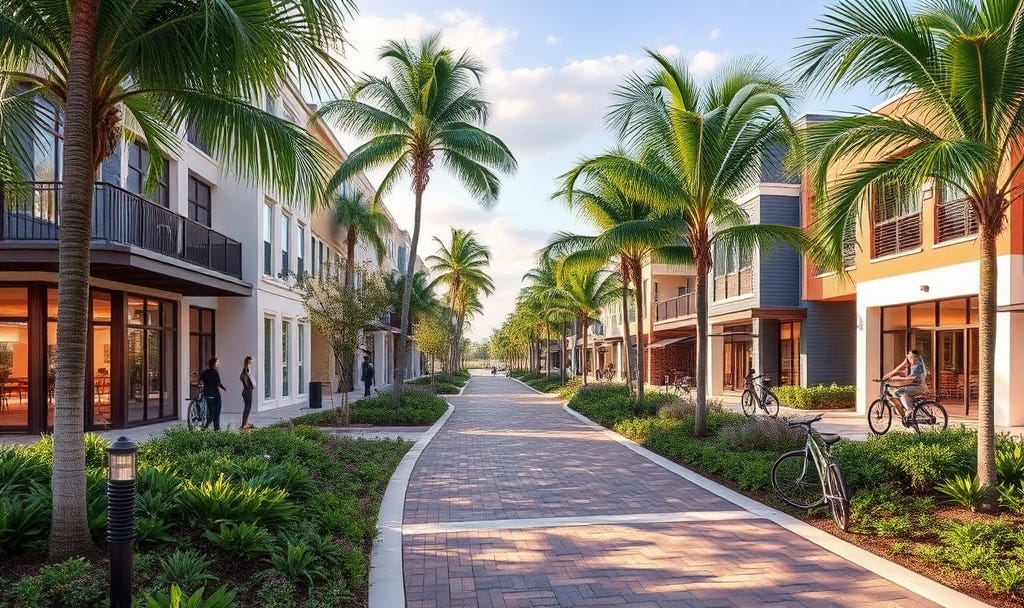
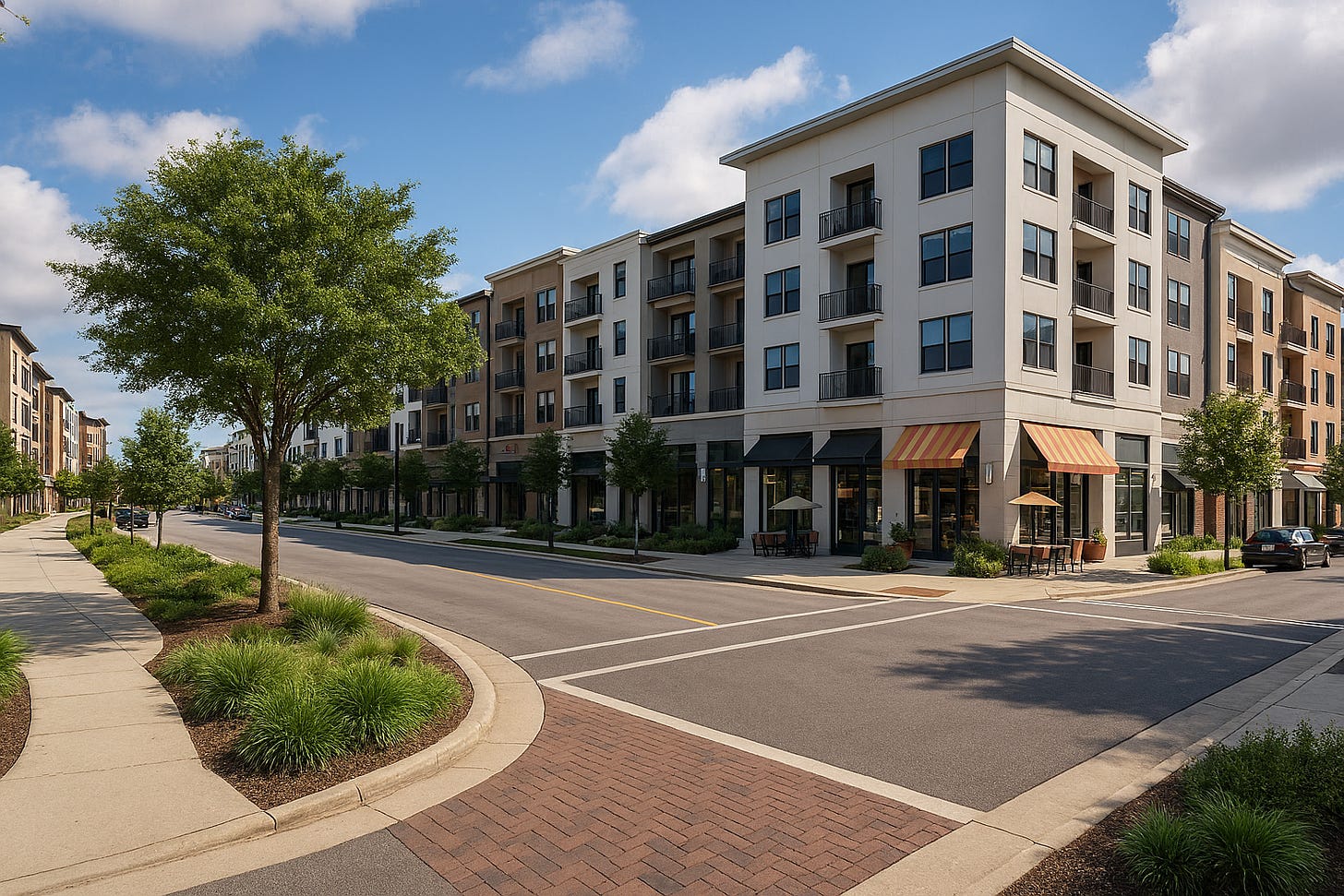
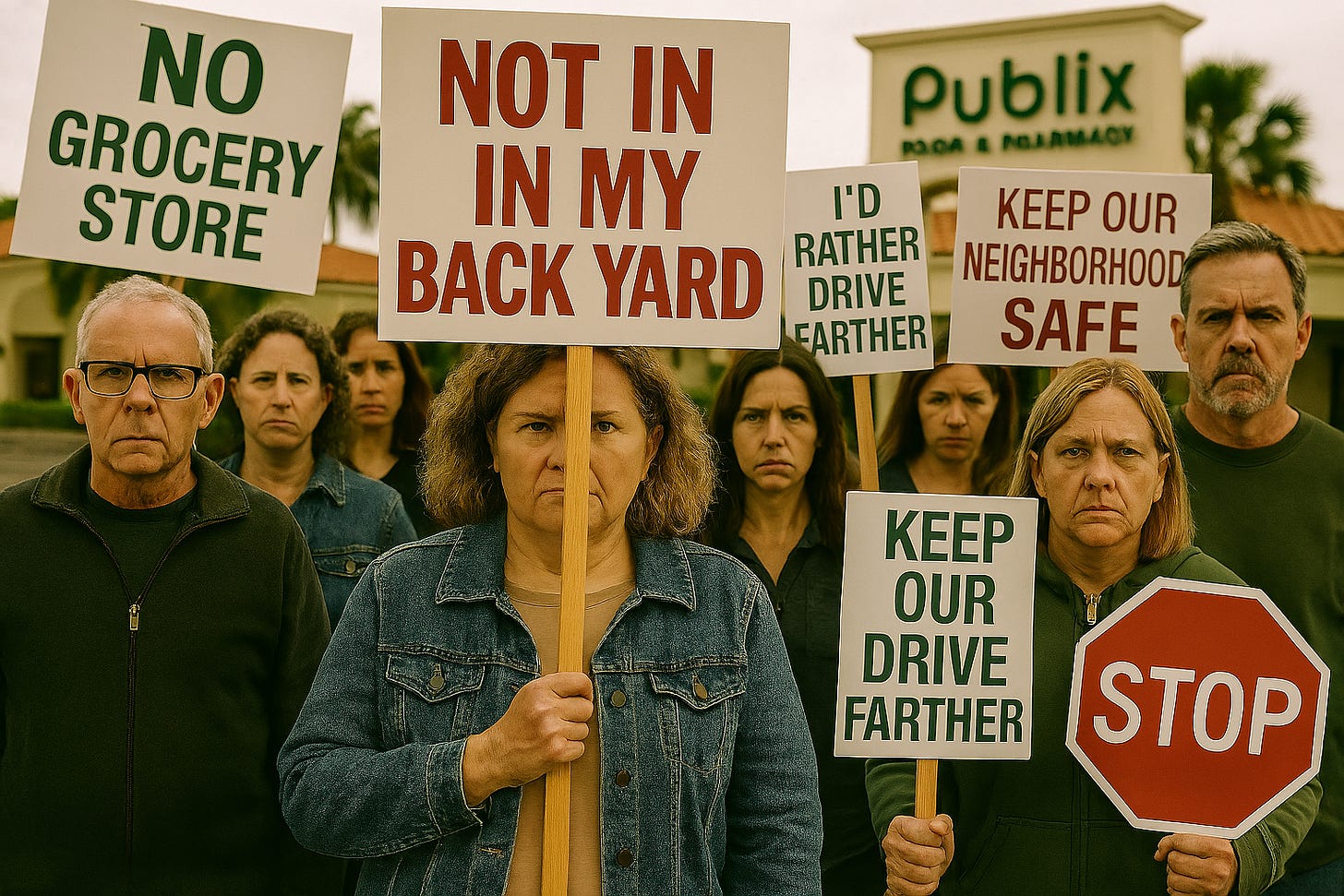
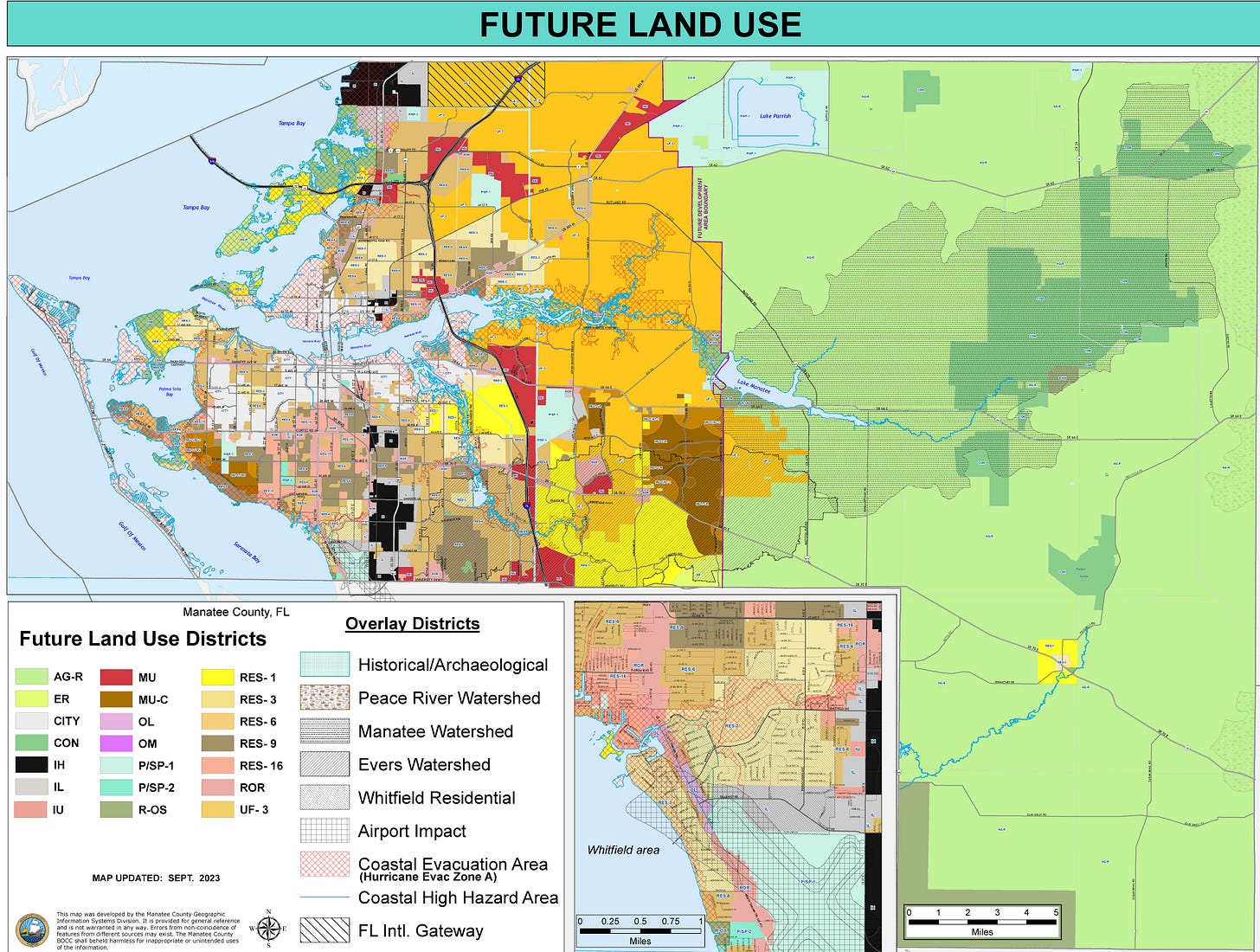
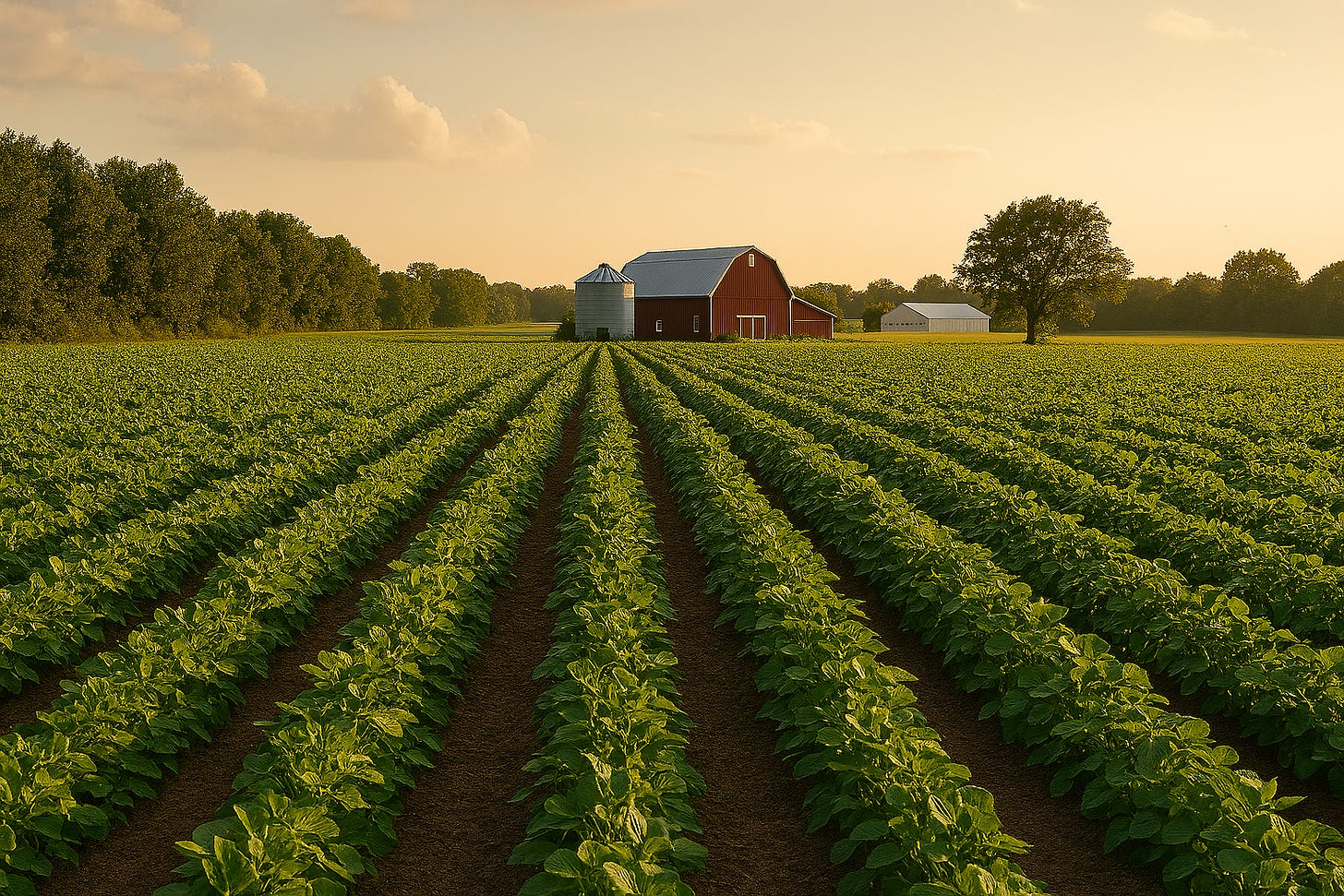



George,
Your article presents a sensible approach to managing our County’s inevitable future growth. The past several years of anti-growth sentiment, I believe was spawned by the public awareness of developer control over many former County Board members thus, the lack of trust in decision making. That has changed and I hope developers will be a part of the solution and buy into the suggestions you have made as there is ample opportunity for them and a less congested future for all.
Definitely a realistic POV. What resonates again and again is the local governance/policy framework. Enforcing the FDAB, clarifying language crafty legal teams will exploit and so forth. To be truthful if an individual really wants to preserve the land they have to buy it and fight at every step to prevent an irresponsible buyer next to them from encroaching or adversely impacting it.
I appreciated the point in here where you stated you will make decision that prevent that from happening.
The infill and commercial will be great I agree-let’s be honest though-without the governance, developers will not be compelled to make an infrastructure decision or growth restriction if it will adversely impact profits. That’s capitalism and it’s their business model-OK. But local governance and consistent management and oversight of the changes is what a realistic person should seek in their representatives and or county staff. It’s what I look for.
Not a NIMBY or BANANA just respect your neighbor. Developers are not “neighbors” in the sense of the word. They cannot promise to be good neighbors with a devils smile and think it’s OK.
We are growing….and we need to step up our infrastructure project execution. It won’t be easy but it’s reality. Smarter growth means acceleration of the projects we know are needed.
It will cost us money. We should spend some of our surplus or commit to a percentage in a thoughtful way. We can equally build a better community on our terms, not just at the discretion of private business. It’s not as sexy as a new chick fil a, but a bridge, a road or a canal improvement project is the long game we should be playing alongside the bedrooms.